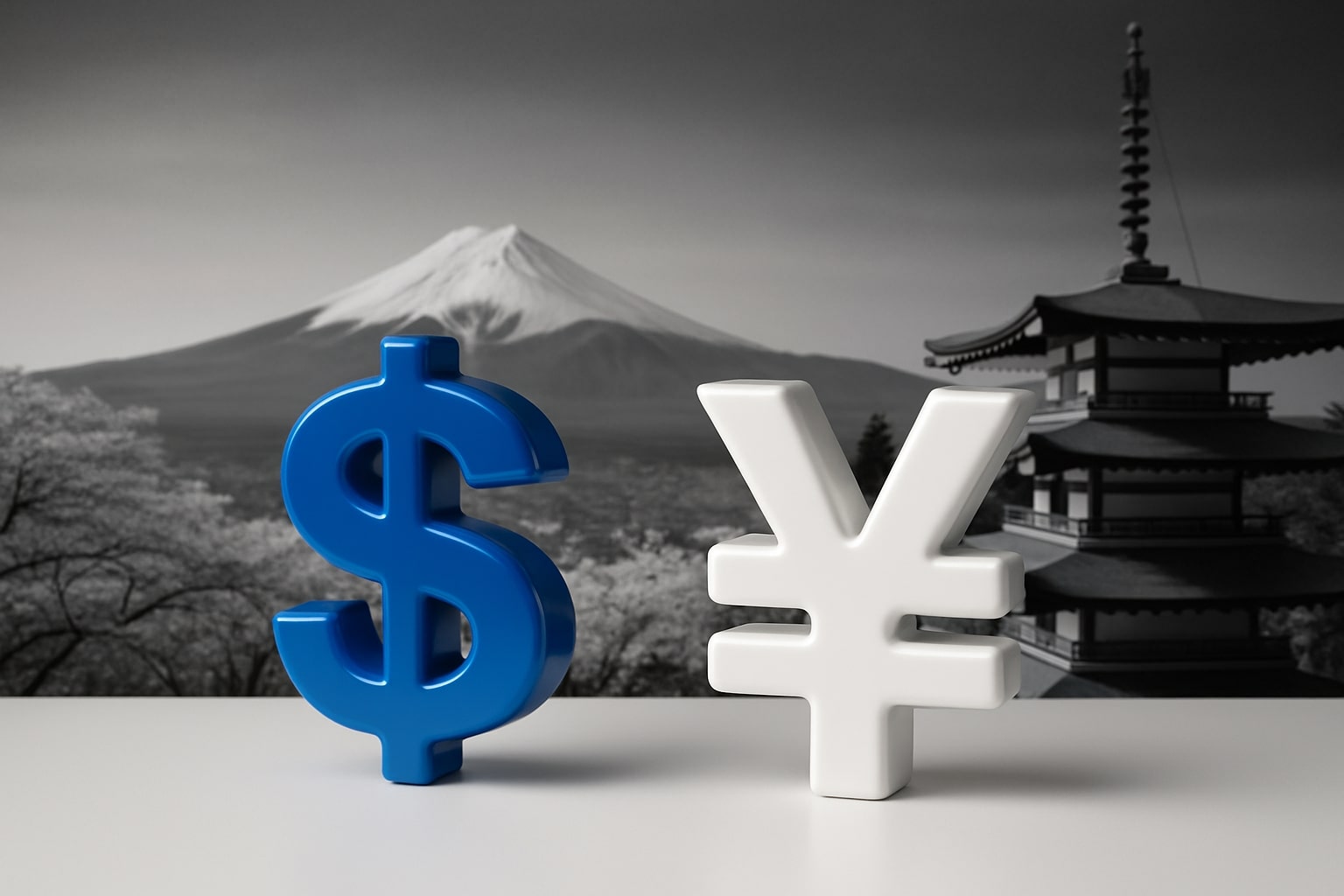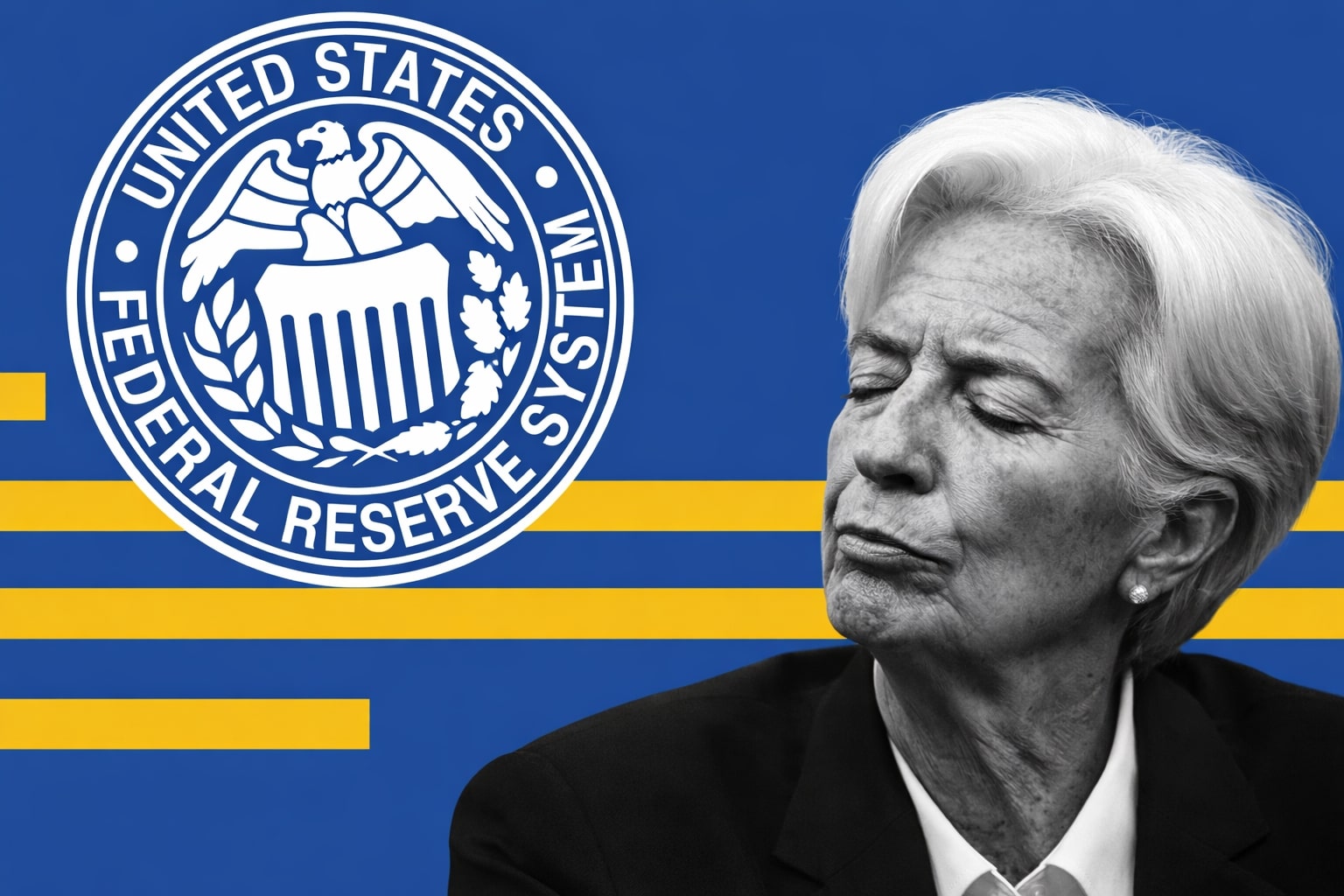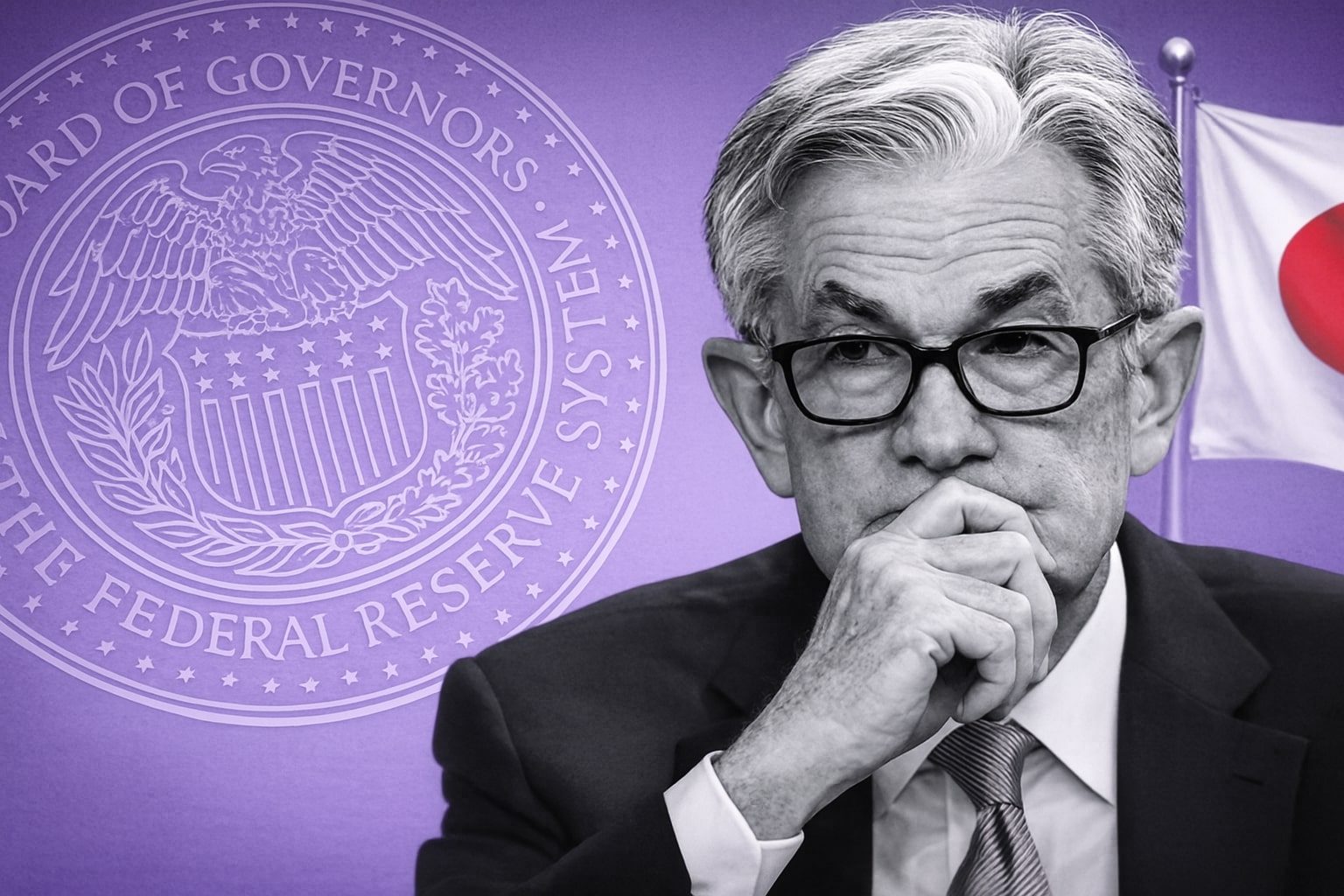
USD/JPY Price Forecast - Yen Nears 152 as Japan’s Political Shift, Fed Delay, and Rising Yields Intensify Yen Selloff
The yen slides to multi-decade lows with USD/JPY at 1532, as markets brace for policy continuity under PM Takaichi, stubborn U.S. inflation, and the BOJ’s reluctance to tighten | That's TradingNEWS
USD/JPY Near 152 as Japan’s Political Shift, Bond Yields, and Fed Outlook Ignite Volatility
The Japanese yen is again under heavy selling pressure, with USD/JPY trading near 152.90, approaching the critical 154.00 resistance as investors weigh Japan’s incoming leadership change, rising global bond yields, and the narrowing path for Federal Reserve rate cuts. The pair’s momentum reflects a collision of two powerful macro narratives — Japan’s fragile domestic confidence amid its leadership vacuum and the U.S. economy’s continued resilience that keeps dollar demand firm even as Treasury yields plateau.
In Tokyo, political uncertainty intensified after reports confirmed that Sanae Takaichi is set to succeed Prime Minister Fumio Kishida, sparking renewed speculation about the trajectory of Japan’s fiscal and monetary policy. Markets interpret her ascent as signaling policy continuity with a nationalist tilt — favoring fiscal expansion and maintaining a dovish stance at the Bank of Japan (BOJ). That prospect undermined the yen further, as traders see little chance of near-term tightening or intervention despite verbal warnings from Japan’s Finance Ministry. The last confirmed FX intervention occurred when USD/JPY briefly breached 152.00, and authorities may be reluctant to reenter markets until moves appear “speculative” rather than trend-driven.
U.S. yields have added to the pressure. The 10-year Treasury yield hovers near 4.67%, while short-term 2-year yields remain elevated at 4.92%, reinforcing the dollar’s rate advantage. The Fed’s cautious tone has shifted expectations for its first rate cut to June 2026, pushing back previous forecasts that anticipated easing by early spring. This recalibration has reignited carry trade inflows, as investors continue borrowing in yen to fund higher-yielding U.S. and emerging market assets. Fed officials, including Governor Waller, reiterated that inflation progress has been “encouraging but not sufficient,” reinforcing the view that policy will stay restrictive through the first half of next year.
In Japan’s domestic market, the BOJ’s 10-year JGB yield target near 1.00% remains intact, but real yields are deeply negative, prompting institutional capital outflows. Japanese pension funds and insurers continue to increase allocations to U.S. debt, taking advantage of elevated yields and a weak yen to hedge currency exposure. These portfolio flows have accelerated since mid-September, with Japan’s weekly net foreign bond purchases rising to ¥1.24 trillion, the highest since May. Such persistent outflows are adding structural weakness to the yen, which has now depreciated 8.7% year-to-date, making it Asia’s worst-performing major currency.
The macro backdrop isn’t offering much relief. Japan’s inflation slowed to 2.6% in September, down from 3.2% in July, softening arguments for BOJ tightening. Wage growth data released last week also disappointed, rising only 1.1% YoY, well below the 3% threshold that Governor Kazuo Ueda has repeatedly cited as necessary for a sustainable policy pivot. As a result, analysts now widely expect the BOJ to maintain its current framework at its October 31 meeting, delaying any normalization attempt until early 2026. This divergence with global central banks leaves the yen structurally vulnerable as the Fed, ECB, and RBA maintain significantly higher terminal rates.
Technical indicators confirm the fragility of the yen’s position. USD/JPY remains above its 50-day moving average at 151.80, with RSI near 66, suggesting moderate overbought conditions but no clear reversal signal. The 200-day moving average at 147.10 acts as a major support line. A decisive break above 154.00 could trigger algorithmic buying, potentially targeting 155.50 — the level many traders view as the next psychological barrier. On the downside, support rests near 152.70, followed by 151.30, where the Ministry of Finance has historically intervened.
Other yen crosses reflect the same pressure. EUR/JPY trades near 163.45, close to its 15-year high, supported by resilient Eurozone yields. AUD/JPY, a key barometer of global risk appetite, trades around 98.40, boosted by strong Australian labor data and firm commodity prices. The cross-asset strength underscores how yen weakness is broad-based, not limited to dollar flows, reflecting Japan’s chronic yield disadvantage in global capital markets.
Read More
-
Broadcom Stock Price Forecast AVGO Stock Sinks to $324 After $414 Peak – Is $390 the Next Target?
17.12.2025 · TradingNEWS ArchiveStocks
-
XRP Price Forecast: Can XRP-USD Price $1.64 Hold Before a Run Toward $2.50–$3.00?
17.12.2025 · TradingNEWS ArchiveCrypto
-
Oil Price Forecast: WTI at $56 and Brent at $60 as Trump’s Venezuela Blockade Collides With 20% Yearly Slide
17.12.2025 · TradingNEWS ArchiveCommodities
-
Stock Market Today: Dow Outperforms at 48,271 While S&P 500 and Nasdaq Slide on Oracle AI Debt Fears
17.12.2025 · TradingNEWS ArchiveMarkets
-
GBP/USD Price Forecast - Pound Under Pressure as Softer UK CPI Drags Cable Back Toward 1.33
17.12.2025 · TradingNEWS ArchiveForex
Energy dynamics are also amplifying the issue. Japan’s import bill for LNG and crude oil has surged amid rising energy prices, worsening the trade deficit to ¥1.6 trillion in September. The weaker yen inflates these costs further, undermining purchasing power and complicating government efforts to stabilize inflation without undermining consumer confidence. Fiscal intervention via energy subsidies remains a temporary fix, but it risks expanding the deficit and raising long-term debt sustainability questions — another factor capping yen recovery potential.
From a sentiment standpoint, speculative positioning in futures markets remains heavily skewed against the yen. CFTC data shows net short JPY positions expanding to -104,000 contracts, up 16% from the prior week — the largest bearish bias since late 2022. That imbalance leaves room for short-covering spikes if intervention headlines emerge, but so far, authorities have limited themselves to verbal threats. Analysts suggest that Tokyo may only act decisively if USD/JPY breaks 155.00 in thin liquidity or during a disorderly move.
Overall, the path of least resistance remains upward for USD/JPY. With political uncertainty in Tokyo, delayed BOJ normalization, and a robust U.S. rate environment, the yen remains trapped in a structural downtrend. A break above 154.00 could invite speculative acceleration, while only a coordinated policy signal from Japan’s Ministry of Finance and the BOJ — or a sharp U.S. yield pullback — could provide meaningful relief. For now, USD/JPY looks poised to challenge the 155.00 zone, a level not seen since 1990, as the currency pair becomes the global symbol of monetary divergence in late 2025.


















